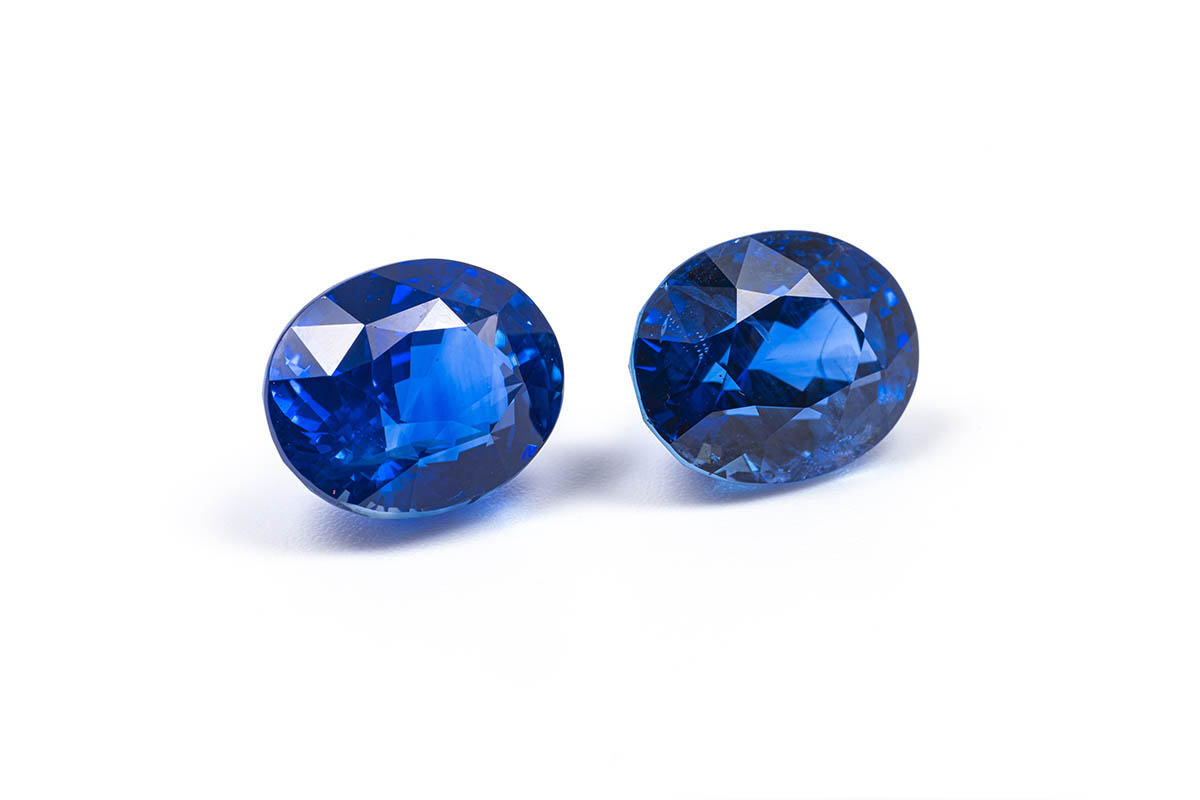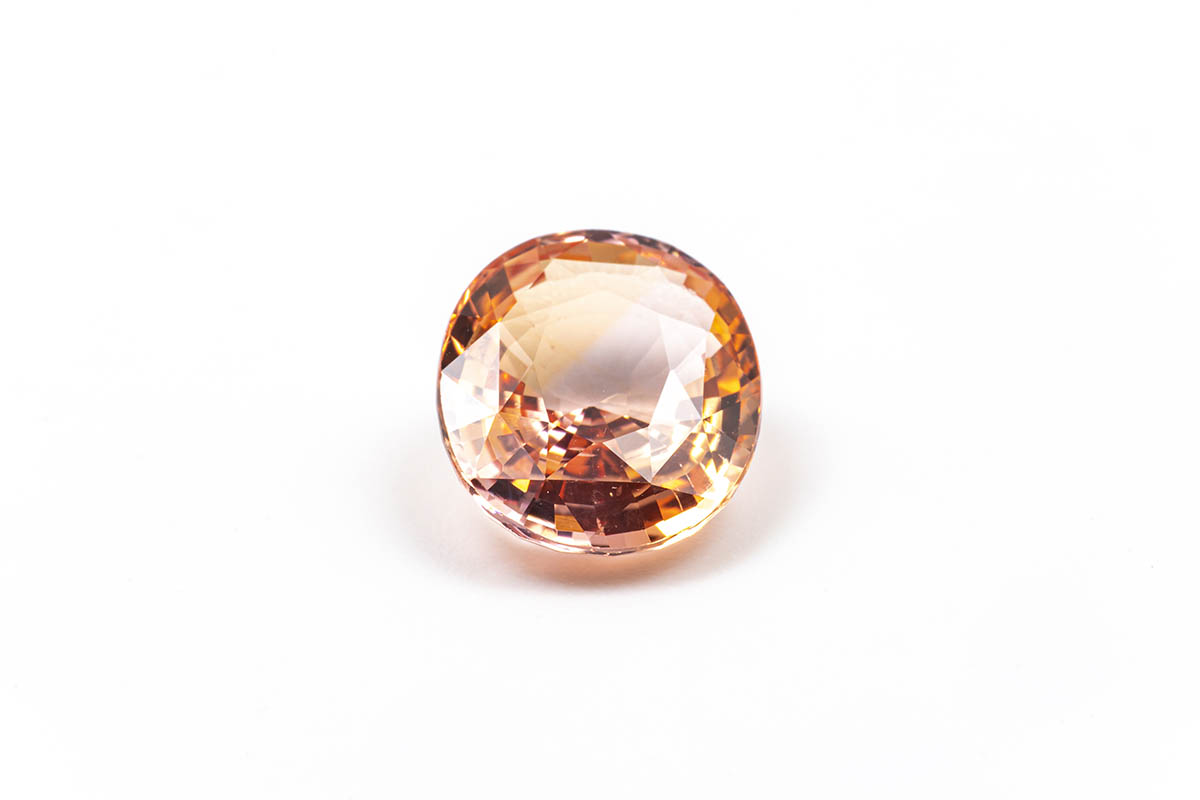Knowledge
07.02.2022 Pigeon Blood, Royal Blue & Padparadscha – Special Color Shades in Gemstones
Gemstones come not only in different colors, but also in a variety of shades. Of these, some are more sought after than others due to color quality and rarity. In the case of corundum, i.e. sapphires and rubies, there are some particularly desired colors: Kashmir, royal or cornflower blue sapphires, padparadscha sapphires and pigeon blood red rubies.
Gemstones of these color varieties are particularly suitable as an investment. In gemological certificates and grading reports, the color descriptions are given when the respective institute has defined a scale for recording the stone color.
On screens, photos and videos, these more desirable color varieties are difficult to show; especially the deep blue of the royal blue sapphire usually appears much flatter than in reality.

Ruby: Red like a pigeon’s blood
Rubies exist in color shades from pink to dark red, in Latin the term “rubinus” means “red”. Until the beginning of the 20th century all known color shades of rubies were described as red, only since then there is a differentiation into pink and red. The red coloration is caused by the element chromium in the corundum.
The most desirable rubies are pigeon blood red – a very pure red with a slight blue tint that stands out from other red varieties. The color is said to correspond to the blood of a freshly slaughtered pigeon.
The best-known locales of particularly pure pigeon blood red rubies are in Burma. Therefore, rubies of this color are sometimes referred to as Burma ruby or Myanmar ruby. But also in Vietnam, Mozambique and Tanzania there are some localities with rubies of this color.
Natural colored, untreated Pigeon Blood rubies with the appropriate certificate are traded at very high prices and are excellent for a gemstone investment.


Cashmere Sapphire, Cornflower Blue & Royal Blue

Blue is basically the most sought-after color in sapphires. The word “sapphire” by its meaning also means “blue”. If there is only talk about sapphire without further color specification, it is always a blue sapphire.
The blue color of sapphire is caused by titanium oxide in combination with the element iron. The most sought-after are deep blue sapphires, which are very rare.
The highest valued sapphires in the trade come from the Indian Kashmir region in the Himalayas. Kashmir sapphire captivates with a deep, intense blue of exceptional quality and a slight violet tinge. The stones have a luster that is often considered silky or velvety. Unfortunately, much of the Kashmir sapphire today is heat treated.
Sapphires with a color considered as cornflower blue or royal blue come primarily from Sri Lanka, so they are also called “Ceylon sapphires” (after the old name for Sri Lanka).
They are characterized by great purity and very few inclusions. Sapphires have also been found in Burma and Madagascar in such a rich blue that they are called royal blue.
For investment purposes, natural-colored, untreated stones with an international certificate and a vivid blue with few to medium inclusions are recommended.

Padparadscha – The color of the lotus flower
Padparadscha describes an orange-pink sapphire, traces of iron and chromium in the mineral cause the coloration. The name comes from Sanskrit or Sinhalese, where “padma raga” means “lotus colored”. The color is also compared to the play of colors during a sunset at the sea. In the past, many stones with a color shade between orange and pink were called padparadscha, but nowadays gemological laboratories restrict this label to a narrow color range of pink-orange or orange-pink.
All in all, there are only a few spots where Padparadscha sapphires can be found, which is why they are among the rarest gemstones. Besides the most important sites in Sri Lanka, there are also isolated ones in Tanzania, Madagascar and Vietnam. Padparadscha sapphires are characterized by a translucent to clear transparency and an even color distribution. To improve the color, orange or pink stones are treated by heating. Pure heating is permissible as a treatment, but if beryllium diffusion is added, this must be specified in detail in the gemmological report. Sapphires treated with a beryllium diffusion are much less expensive than naturally occurring, highly rare padparadschara sapphires.
Heat-treated sapphires also command high to very high prices, rising very rapidly as the weight of the gemstone increases. The few non-heated and naturally colored stones are fetching record prices.



